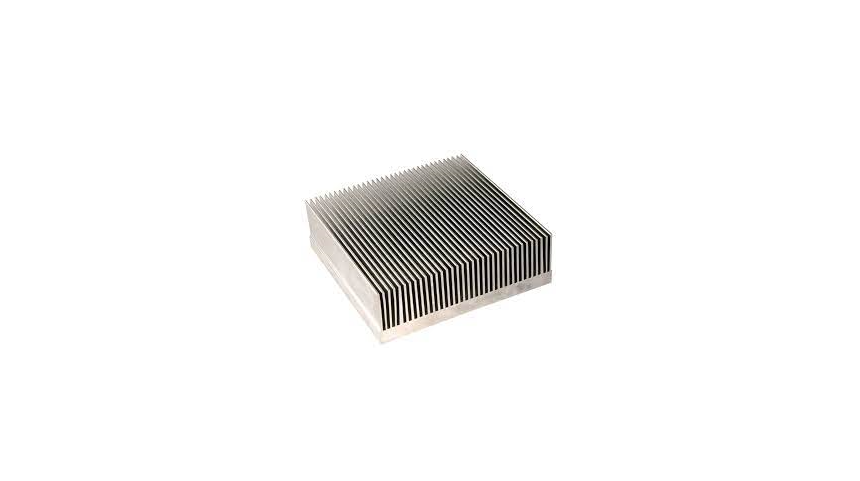Heat sinks are essential! They are an important part of circuit design. They provide an efficient path for heat to be moved out again and far from electrical equipment into the ambient air.
For low airflow situations, a Round Pin Heatsink was created. The round-shaped pegs are arranged in a way that allows air to flow more efficiently through the heat sink. A round heat sink is appropriate for omnidirectional applications. That's because airflow may originate from any direction. Therefore, the variations in airflow patterns do not affect performance.
When compared to the conventional flat fin heatsink design, circular pin heatsinks are awesome. They can provide an excellent chilling technique by spreading the air out from the heatsink fins inside the provided space environment. They might even be able to dissipate heat at considerably greater rates under poor ventilation situations.
Their function is to increase the surface area of heat-producing equipment. That allows for a more effective movement of heat across into its environment. A better thermal route out of the device reduces any temperature increase at the item junction.
This article attempts to give an advanced introduction to the topic of selecting a heat sink by combining thermal data from the electronic applications with specifications provided by the heat sink provider.
Is a heat sink required?
For the sake of this essay, we will assume that the device in issue has a transistor contained in a package with switching and conduction losses totaling 2.78 W. Furthermore, the atmospheric surface temperature will not exceed 50°C. But is it required for this transistor to have a heat sink?
To begin, all of the thermal impedances that seem to be likely to impede the 2.78 W from becoming dissipated into ambient air must be assembled and digested. If they are not properly diffused, the heat dissipation within the package will rise over the maximum acceptable working temperature, which would be 125° in this application.
To put it into perspective, if a transistor supplier certifies a heat barrier from junction to the ambient of 62°C/W, the 2.78 W of dissipation inside the TO-220 package will cause the junction temperature to rise to 172°C above ambient; computed as 2.78 W x 62°C/W. When the worst air temperature for such a device is estimated to be 50°C, the junction temperature would be 222°C (50°C + 172°C). Because this exceeds the threshold silica temperature of 125°C, a heat sink is unquestionably necessary.
Adding a heat sink to the device reduces the junction-to-ambient thermal resistance dramatically. Next, determine how low the thermal impedance channel must be to provide a safe and dependable functioning.
Conclusion
Heat sinks play a major role in electronic circuit design. After all, they provide an effective conduit for heat to be transported into the surrounding atmosphere and distant from electronic equipment.
By determining the maximum ambient temperature as well as the power dissipated within the device, the heat sink selection may be optimized; neither too tiny to induce burnout nor too huge to squander money. Consider the critical function that TIMs play in effectively and reliably transmitting heat between two surfaces.


